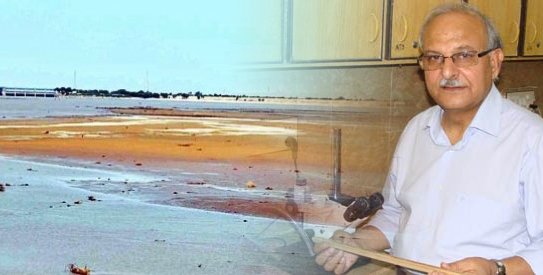STAFF REPORT ISB: Amount of arsenic and lead is increasing in the water of Indus River at an alarming stage, reveals a recent independent research.

About 70 water samples were collected from 70 different locations of upper Indus basin, glaciated valleys, and nallas from Gilgit/Biltistan.
Highest sampling elevation was 4683 m near Khunjrab Pass by lowest about 76 m after Hyderabad city, the report said.
At 24 places water coming from glaciated valley or nalas showed zero amount of arsenic, while some nalahs contained 36.36 ug/l to 163. ug/l Arsenic.
The research shows that rivers from Gilgit to Khunrab contain 394.6 to 399.3 ug/l, Nalter 388.2 to 395.7 ug/l, Gilgit to Dosai Plains 259 to 299.6 ug/l, Skardu to Gilgit 394.3 to 400.9 ug/l, Gilgit to Chitral 385.5 to 396.1 ug/l. They all contributed water to main River Indus, which contained 385.4 ug/l to 400.4 ug/l arsenic.
Similarly amount of lead is also recorded in considerable concentration. In 37 samples it was less than one mg/l (ie 0.091 to 0.0262 mg/l) while rest of the places it was found from 2.06 to 2.5 ml/l.
According to the Dr. Moinuddin Ahmed, Foreign Professor at FUUAST, to explore the origin of these two toxic metals and others more extensive sampling and analysis is required, because the Indus water is the only water in which 80% of Pakistan Agriculture and domestic needs is dependent on and any contamination in this water will be environmental and health hazard.